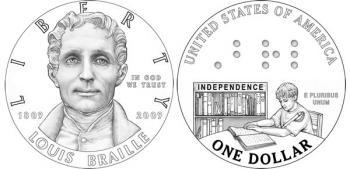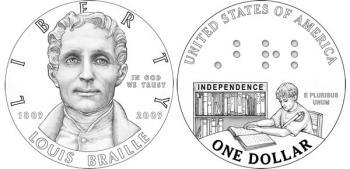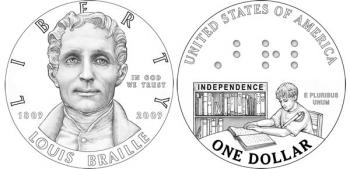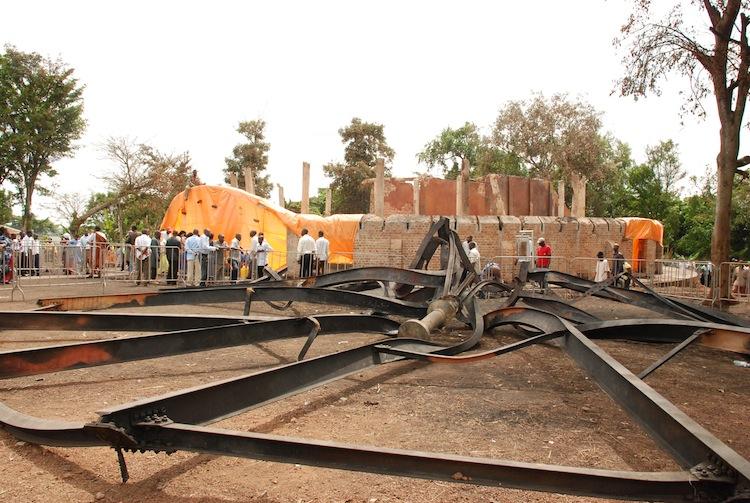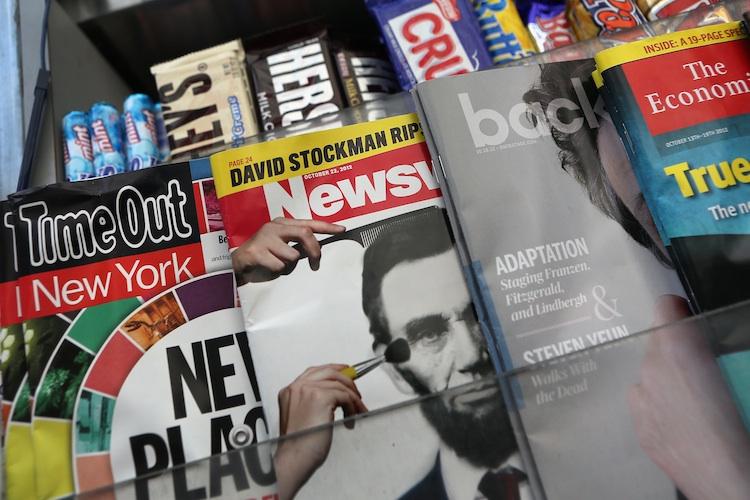When Louis Braille devised his system of raised dots back in the early 1800s while still in his early teens, he couldn’t have known that his work would have a profound impact around the world for the visually impaired.
Braille was just three when he stabbed himself in the left eye with an awl while playing in his father’s harness workshop. After a few days the wound became infected and spread to Braille’s other eye, causing him to become blind in both.
A very bright child, when he was 10 Braille won a scholarship to the National Institute for Blind Children in Paris, the first school of its kind in the world. From age 12 to 15 he worked to improve his code, eventually coming up with six raised dots corresponding to the alphabet—what is known as braille today. Later on he added symbols for mathematics and music.
This year—a time when braille is used in every country and virtually all languages—marks the 200th anniversary of Braille’s birth, and countries around the globe are celebrating the bicentennial.
“Braille is literacy. It gives you freedom and independence. Basically everything you would do with a pen and pencil, that’s what braille does for a person who cannot read the printed word,” says Myra Rodrigues, a volunteer and board member of the Canadian National Institute for the Blind (CNIB) library.
Braille was just three when he stabbed himself in the left eye with an awl while playing in his father’s harness workshop. After a few days the wound became infected and spread to Braille’s other eye, causing him to become blind in both.
A very bright child, when he was 10 Braille won a scholarship to the National Institute for Blind Children in Paris, the first school of its kind in the world. From age 12 to 15 he worked to improve his code, eventually coming up with six raised dots corresponding to the alphabet—what is known as braille today. Later on he added symbols for mathematics and music.
This year—a time when braille is used in every country and virtually all languages—marks the 200th anniversary of Braille’s birth, and countries around the globe are celebrating the bicentennial.
“Braille is literacy. It gives you freedom and independence. Basically everything you would do with a pen and pencil, that’s what braille does for a person who cannot read the printed word,” says Myra Rodrigues, a volunteer and board member of the Canadian National Institute for the Blind (CNIB) library.
